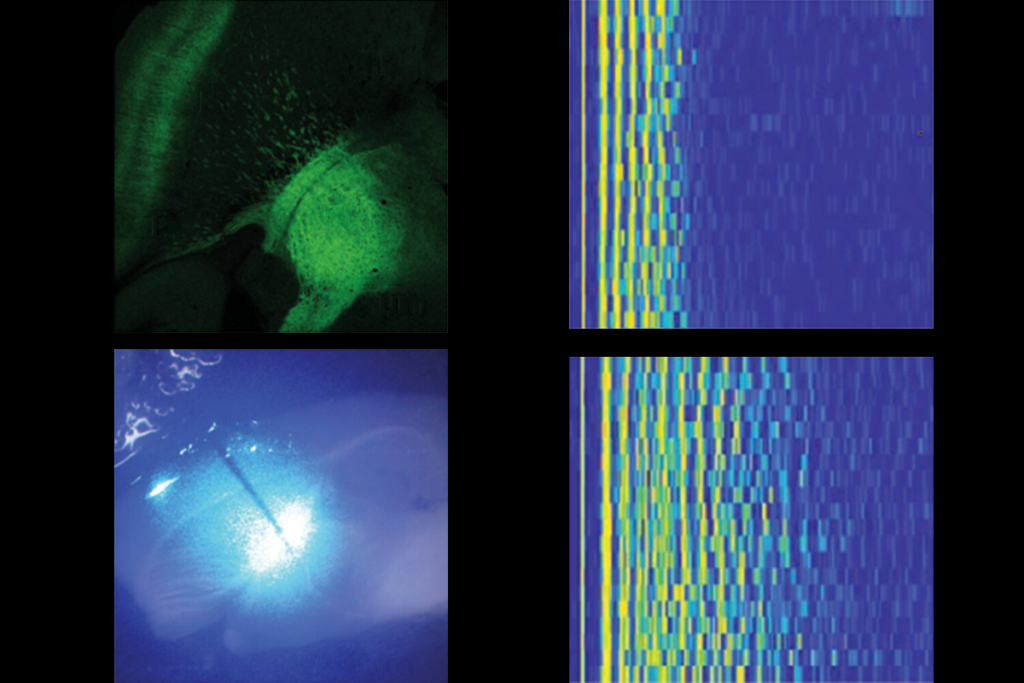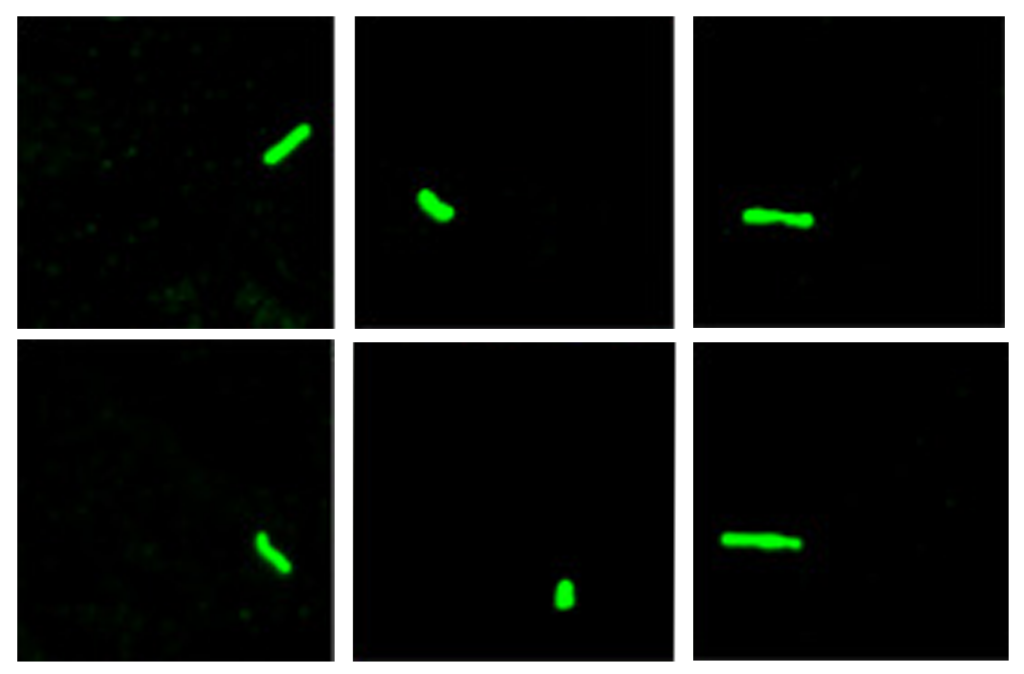Mouse model links autism risk gene to mitochondria
A new mouse model provides the first molecular link between the known autism risk gene PTEN and the mitochondrial dysfunction sometimes seen in the disorder. Mice with half the normal amount of PTEN protein in their brains have social deficits reminiscent of autism and faulty mitochondria, according to a study published 10 August in PLoS One.
A new mouse model provides the first molecular link between a known autism risk gene and the mitochondrial dysfunction sometimes seen in the disorder.
Mice with half the normal amount of PTEN protein in their brains show social deficits reminiscent of autism, according to a study published 10 August in PLoS One1. They also have faulty mitochondria, the structures that generate energy in cells.
PTEN is a tumor suppressor, meaning that it protects cells from becoming cancerous. It is also needed for the development of neurons2. Mutations in PTEN have been found in some people with autism, particularly those with enlarged heads.
Separately, mitochondria have also been linked to autism. Mitochondria have been found to be defective in muscle cells, white blood cells and postmortem brain tissue from people with the disorder.
“Defects associated with [energy] production from mitochondria lead to a lot of developmental problems,” says Cecilia Giulivi, professor of molecular biosciences at the University of California, Davis, and lead investigator of the new study.
Although PTEN has known links to mitochondria — for example, the protein regulates cell death that takes place through the degradation of mitochondria — this is the first study to link the two in the context of autism.
The study also suggests a mechanism for this relationship. Lack of PTEN decreases expression of p53, a protein involved in many cancers but not previously linked to autism. The researchers found evidence that low levels of p53 may underlie the mitochondrial problems in the mice.
Half halted:
Mice lacking PTEN in subsets of cells in the brain have been shown to have social deficits reminiscent of autism3. They also rapidly develop abnormalities such as seizures and severe anxiety and are prone to developing cancers, Giulivi says, making it difficult to parse out effects linked to autism’s core deficits.
In the new study, Giulivi and her collaborators genetically engineered mice in which only one copy of the PTEN gene is deleted in neurons.
“This gives us more time to do the behavioral studies, and to look at the mitochondrial dysfunction,” she says. It also better mimics the situation in people with autism, she adds.
The new mice also show behavioral abnormalities linked to autism. They have less interest in social interaction and in unfamiliar mice than controls do, and they groom themselves twice as often as controls, reminiscent of the repetitive behaviors characteristic of autism.
However, these features present in adult mice at 20 to 29 weeks of age, notes Abha Chauhan, head of the developmental neuroscience laboratory at the New York State Institute for Basic Research in Developmental Disabilities, who was not involved in the study.
Autism develops in childhood, but “they are not finding changes in the young mice,” she says.
Giulivi notes that a person with a PTEN mutation would lack the protein throughout the body, not just in the brain like the mice do, and this might cause its effects to manifest at a younger age. Researchers should also study mice with half the normal levels of PTEN throughout the body, she suggests.
Because of mounting evidence linking mitochondria to autism, Giulivi’s team also thoroughly characterized mitochondrial function in the mutant mice. “We didn’t know what we were going to find, to tell you the truth,” Giulivi says. “It was a shot in the dark.”
Her team found that the mice have lower activity of cytochrome c oxidase, a mitochondrial protein involved in energy generation, than controls do. Cytochrome c oxidase is part of a set ofmitochondrial proteinscalled complex IV.
In individuals with autism, mitochondrial defects affect multiple pathways, including complex I, III, IV and V. It’s surprising that the study found problems only in complex IV, Chauhan says.
What’s more, the study found that the mice have faulty mitochondria in the cerebellum and hippocampus, but not in the cortex. In contrast, Chauhan led a postmortem study that found abnormal mitochondria in the cerebral cortex of people with autism.
Because of these discrepancies, “I’m not sure this can really be used as a model for autism,” Chauhan says.
In the mutant mice, low levels of PTEN in turn lead to low levels of p53. The latter controls synthesis of cytochrome c oxidase, and may cause the mitochondrial problems seen in the mice, the researchers say.
Giulivi was surprised to find these cancer-linked mechanisms at work in a mouse with social deficits. “That was very curious to us — two tumor suppressor genes related to behavioral changes; that was unusual,” she says.
The researchers also found that many mitochondria in the mutant mice are missing chunks of DNA. p53 is one of several molecules involved in mitochondrial DNA maintenance.
“To my knowledge, mitochondrial deletions in the central nervous system have not been identified in [people with autism], but their data suggest that they may be found if tissue is examined carefully,” says David Sulzer, associate professor of neuroscience at Columbia University in New York, who was not involved in the study.
Because p53 is an important player in cancer, many drugs targeting the molecule have been developed, suggesting a therapeutic avenue for autism.
Although some researchers are skeptical of the p53 link in the study, the gene deserves more attention from autism researchers, says Giulivi.
“I would like to see more individuals with autism screened [for mutations in] p53 and PTEN,” she says. “Maybe there is a clue there.”
References:
Recommended reading

New organoid atlas unveils phenotypic signatures of multiple neurodevelopmental conditions

Glutamate receptors, mRNA transcripts and SYNGAP1; and more

Among brain changes studied in autism, spotlight shifts to subcortex
Explore more from The Transmitter

Sensory gatekeeper drives seizures, autism-like behaviors in mouse model

